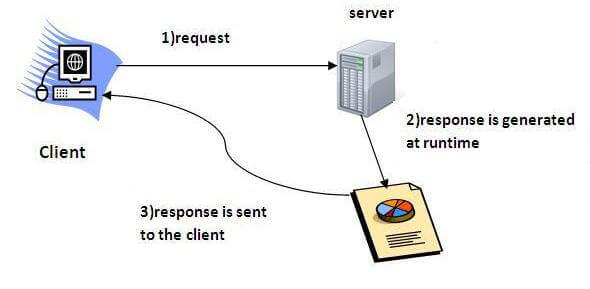Understandig Servlet In Java
 manoj sharma
manoj sharma
Servlets in Java
Servlets are Java programs that run on a web server. They are used to handle requests from web clients and generate responses. Servlets can be used to create dynamic web applications, such as those that use databases to store and retrieve data.
Servlets are implemented as Java classes that extend the javax.servlet.Servlet interface. This interface defines two methods that must be implemented by all servlets:
Service(): This method is called by the web server to handle a request.
init(): This method is called when the servlet is first initialized.
The service () method is the most important method in a servlet. It is responsible for handling the request from the web client and generating a response. The response can be anything from a simple HTML page to a complex XML document.
Servlets are typically deployed to a web server using a web application server. A web application server is a software application that provides a runtime environment for servlets and other web applications.
Here are some of the benefits of using servlets:
Servlets are platform-independent, meaning that they can run on any operating system that supports Java.
Servlets are scalable, meaning that they can handle a large number of requests simultaneously.
Servlets are secure, meaning that they can be used to create secure web applications.
Servlets are extensible, meaning that they can be used to create a wide variety of web applications.
Here are some examples of how servlets can be used:
Servlets can be used to create dynamic web pages, such as those that use databases to store and retrieve data.
Servlets can be used to handle file uploads and downloads.
Servlets can be used to create web services.
Servlets can be used to create chat rooms and other interactive web applications.
Servlets in the image
The image you sent shows the text "servlet in java". This suggests that the image is about servlets and how they are used in the Java programming language.
Here are some of the things that the image could be about:
A tutorial on how to create and use servlets in Java.
A discussion of the benefits of using servlets in Java.
A comparison of servlets to other web development technologies, such as JSP and ASP.Net.
A case study of a real-world web application that uses servlets.
I hope this article has given you a basic understanding of servlets in Java. If you are interested in learning more about servlets, I recommend that you read the following resources:
Subscribe to my newsletter
Read articles from manoj sharma directly inside your inbox. Subscribe to the newsletter, and don't miss out.
Written by
